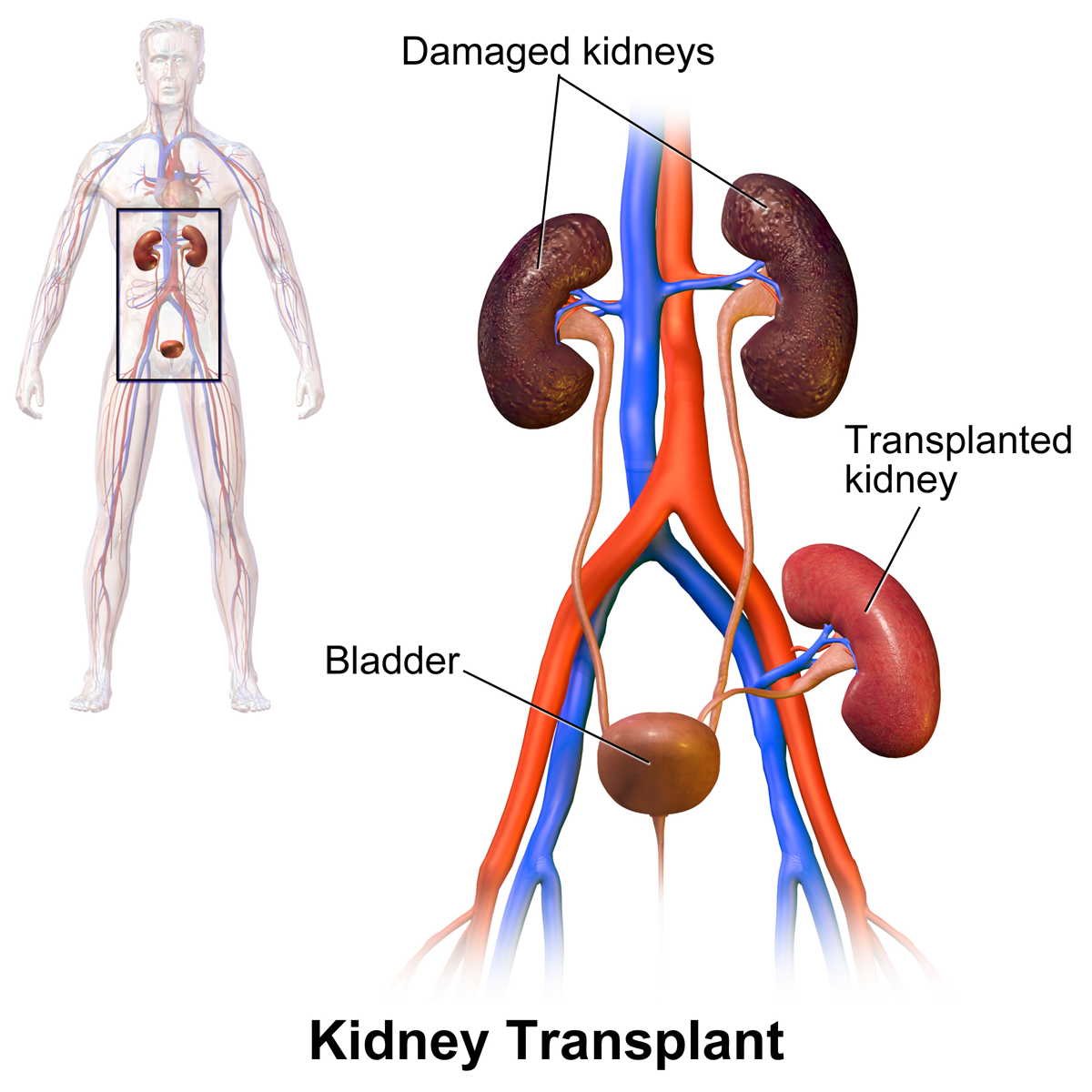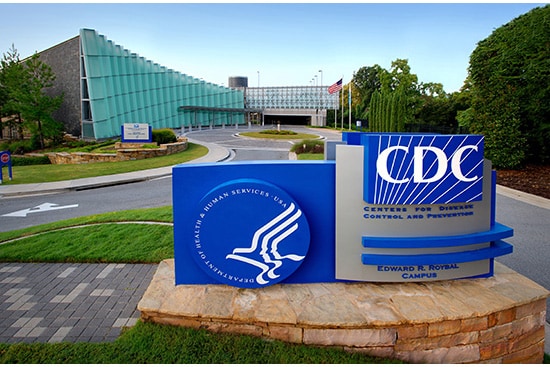A good report from Kaiser Health News on what doctors in the trenches deal with regularly: "
EHRs In The ER: As Doctors Adapt, Concerns Emerge About Medical Errors".
Here's the introduction:
The mouse slips, and the emergency room doctor clicks on the wrong
number, ordering a medication dosage that’s far too large. Elsewhere, in
another ER’s electronic health record, a patient’s name isn’t clearly
displayed, so the nurse misses it and enters symptoms in the wrong
person’s file.
These are easy mistakes to make. As ER doctors and nurses grapple
with the transition to digitalized record systems, they seem to happen
more frequently.
“There are new categories of patient safety errors” in emergency
rooms that didn’t exist before the push to use electronic record
systems, said Raj Ratwani, who researches health care safety and is the
scientific director for MedStar Health’s National Center for Human Factors in Healthcare in Washington, D.C.
Spurred by the 2009 stimulus package and the 2010 health reform law, the federal government has offered hospitals financial incentives
to adopt electronic health records that, among other things, will add
efficiency and reduce errors by linking physicians’ patient records, and
coordinating and tracking how care is delivered across the health
system. Hospitals that don’t meet those standards are hit with
penalties...
In other words, EHRs were rammed down the throats of doctors and hospitals, rather than being allowed to be integrated organically according to the best judgments of the end users.
Imagine how user friendly your smart phones would be, if you
had to buy one (rather than choosing whether or not to get one.)
Unfortunately, patients will pay the price:
The ER’s culture and pace, for instance, can amplify the risks of
human error that stem from an already less user-friendly system. Think
of the emergency physician who, reaching the end of a hectic 12-hour
shift, looks for the record of a patient he just examined. He types in
the man’s last name, clicks and writes medical instructions — not
realizing that he’d accidentally pulled up the file of another patient
with the same last name and similar age, who was admitted five minutes
before.
While misidentifying patients in this way was hardly an issue before
EHRs, it’s “becoming quite prevalent,” in this more digital era, Ratwani
said.
For now, this means patients will have to be extra-diligent in confirming that the data in their health records is accurate. And that any prescriptions or treatments they receive actually make sense.
Most doctors try their best take good care of their patients. It's unfortunate when government technology mandates makes that job that harder, not easier.










